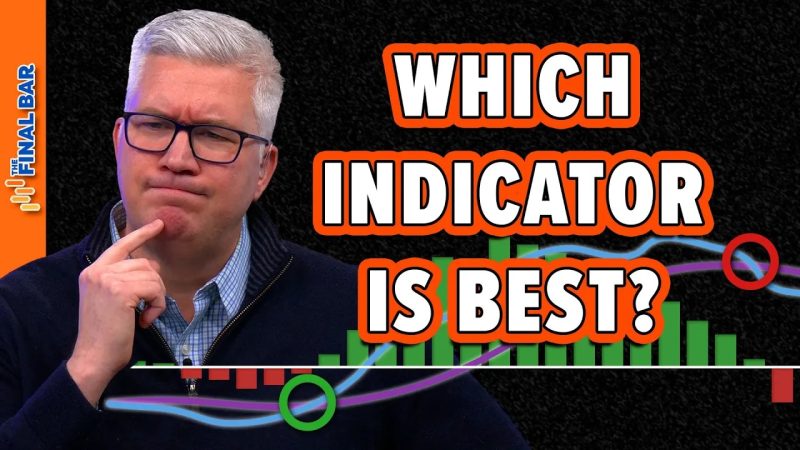Body:
Technical analysis is a cornerstone in the world of investing and trading, providing essential tools for traders to predict potential price movements. Among the plethora of technical indicators that traders use today, Moving Average Convergence Divergence (MACD), Percentage Price Oscillator (PPO), and Price Momentum Oscillator (PMO) are commonly used instruments. The following discussion explores these three indicators in-depth, highlighting their similarities, differences, and best-use cases.
1. Moving Average Convergence Divergence (MACD):
Developed by Gerald Appel in the 1960s, MACD is a trend-following momentum indicator that shows the relationship between two moving averages of an asset’s price. The MACD is calculated by subtracting the 26-period Exponential Moving Average (EMA) from a 12-period EMA. This calculation results in the MACD line. A nine-day EMA of the MACD, called the signal line is plotted on top of the MACD line, which can function as a trigger for buy and sell signals.
Traders use the MACD to identify possible market entry and exit points. When the MACD line crosses above the signal line, it signals a bullish trend, indicating it may be a good time to buy. Conversely, when the MACD line crosses below the signal line, it signifies a bearish trend, suggesting it might be an opportune time to sell.
2. Percentage Price Oscillator (PPO):
The PPO, developed by Thomas Aspray in 1987, is a momentum oscillator that expresses the difference between two moving averages as a percentage. This normalization allows the comparison of different securities with various prices. It is calculated by subtracting the 26-day EMA from the 12-day EMA and dividing the result by the 26-day EMA. The outcome is a percentage that tells the trader the short-term price momentum.
The PPO does what the MACD does but provides a percentage, offering an additional level of detail. Like the MACD, traders use the cross above and below the signal line in the PPO to identify potential buy and sell signals.
3. Price Momentum Oscillator (PMO):
The PMO is designed to analyze market momentum using a rate of change (ROC) calculation that responds quickly at the start and slowly at the end of the measured period. The PMO’s main advantage is that it decelerates at the peaks and accelerates at the troughs, thus giving early warnings of possible changes in the market direction.
The PMO line crossing above the signal line can be interpreted as a bullish buying opportunity, while crossing below may signal a bearish selling opportunity. Unlike MACD and PPO, the PMO does not consider price direction, focusing solely on the rate of price change.
Comparing MACD, PPO, and PMO:
While the MACD, PPO, and PMO all have their roots as momentum indicators, they each offer unique perspectives. The MACD offers a more traditional look at moving averages and their cross too and from each other. Conversely, the PPO, while similar, provides a more nuanced view by adding the element of percentage change, allowing comparison between different securities.
Meanwhile, PMO stands apart from the other two by focusing purely on the rate of price momentum, ignoring the direction. This makes PMO a pure momentum analysis tool, useful for quick response to market changes.
In the final analysis, the right choice among the MACD, PPO, and PMO will depend on a trader’s specific needs, experience level, and trading style. Ultimately, it may prove beneficial to use a combination of these indicators to make informed and optimal trading decisions.




